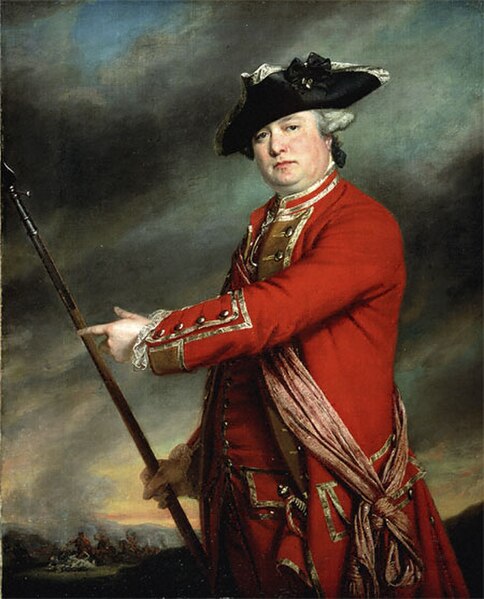John Parker was a New England colonial farmer, smith, soldier, and colonial militia officer who commanded the Lexington, Patriot, colonial militia at the Battle of Lexington on April 19, 1775.
Henry Hudson Kitson's The Lexington Minuteman statue (1900)—originally symbolizing the generic Minuteman—has come to represent Parker. It stands in Lexington Battle Green. No portrait from Parker’s life is known to exist.
Battles of Lexington and Concord
The Battles of Lexington and Concord was the first major military campaign of the American Revolutionary War, resulting in an American victory and outpouring of militia support for the anti-British cause. The battles were fought on April 19, 1775, in Middlesex County, Province of Massachusetts Bay, within the towns of Lexington, Concord, Lincoln, Menotomy, and Cambridge. They marked the outbreak of armed conflict between the Kingdom of Great Britain and Patriot militias from America's thirteen colonies.
The Battle of Lexington depicted in a 1910 portrait by William Barnes Wollen
Thomas Gage
Francis Smith, commander of the military expedition, in a 1763 portrait
A March 24, 1775, resolution, signed by John Hancock, resolves that measures for "putting this colony into a complete state of defense, be still most vigorously pursued by the several towns, as well as individual inhabitants".





